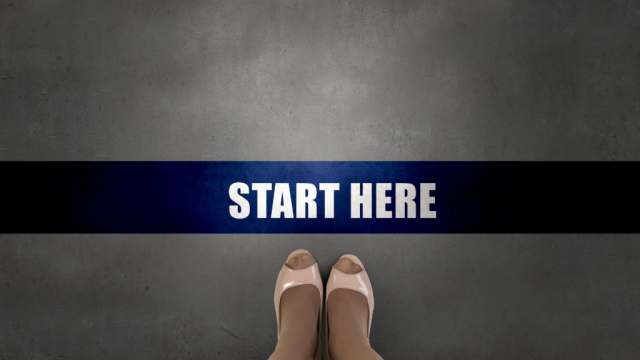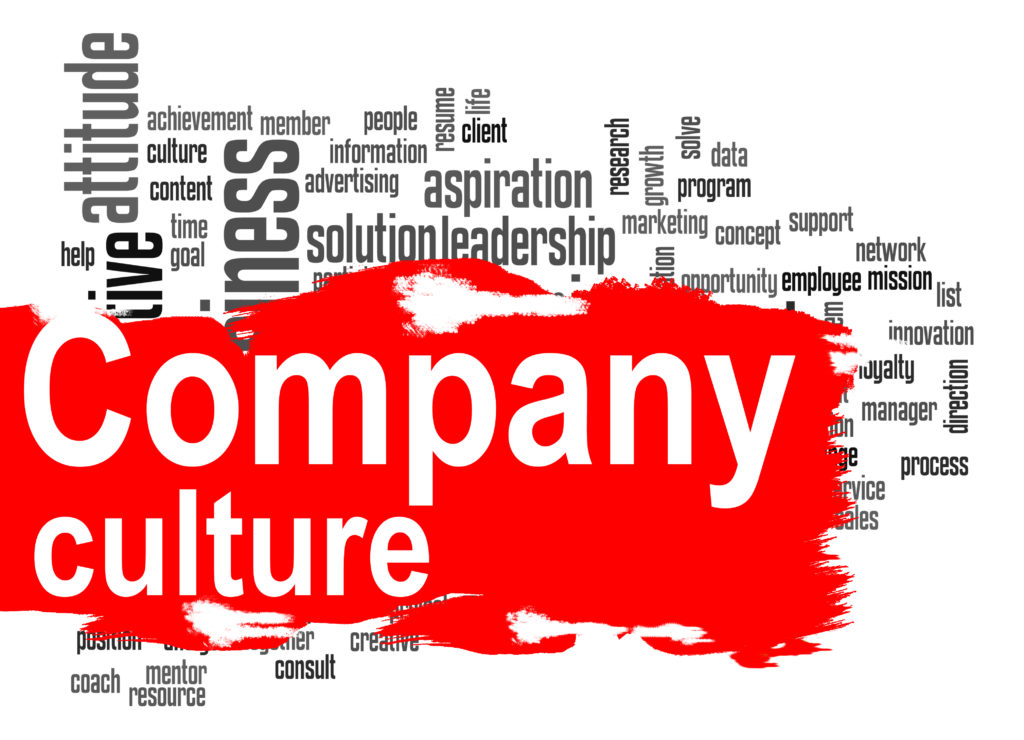You have the ability to take your business wherever you can imagine. The first step in any journey is planning. The old mantra goes, plan your work and work your plan. Those are great keys to success. Develop a plan and then focus and stick to it. Not that it won’t need tweaking and adjusting along the way, but as long as you can stay focused and true to your mission and goals, you can accomplish anything in life and in business.
The first part of planning any journey is to decide where you’re at currently. I was raised back in the day of paper maps. Every summer my grandparents would take us on vacation and I would be the navigator. About a week before we left my grandfather would sit down with me and a map and we would not only map out our primary route but we would also have a secondary route as well. The very first step of this process every year would be pointing to the reference of Fort Worth, Texas on the map and he would say “this is where were starting from”.
Current Location
It’s the same way with business. You have to know where you’re at before you can develop a great plan leading to your desired goals. That is the beauty of the S.W.O.T. analysis or Strengths, Weaknesses, Opportunities, and Threats analysis. It’s a great process to perform in order to start the planning process and create your roadmap or strategic plan for success. This analysis works well for evaluation of products, departments, strategies, or an entire company.
The first part of the analysis, the S.W. (or strengths and weaknesses) portion, is an internal view of the product, department, or company. You are looking for and listing strengths and weaknesses of the target you’re evaluating. It can vary depending upon what you’re evaluating, but here are a few examples.
Strengths could include:
- What does your organization do best?
- What’s unique about you product, staff, company, or etc.
- To what resources do you have access?
Weaknesses could include:
- Employees not trained
- Substandard customer service
- Sales process too complicated
The second part of the analysis, or the O.T. are the opportunities and threats you see, which is a view of the external. These are the opportunities and threats created by or posed by outside forces to your product, department, company or whatever you are evaluating. Again, this will depend upon what you’re evaluating, but here are a few examples.
Opportunities could include:
- New trends
- New markets
- Organic growth possibilities
Threats could include:
- Existing competition
- New competition
- Competitors’ use of new technology
Planning Tool
While this was a very condensed overview of a S.W.O.T. analysis, you can see the value in performing one before beginning your strategic planning for 2015. It is also important to get buy-in for those who will be participating. It is advised to reach outside of your executive team and chose employees to participate from different departments and levels in the company. To ensure open and honest dialogue, employees will need to feel the environment is safe and they may speak freely.
Schedule a series of meetings over the course of a few weeks instead of one long session. This will help keep everyone focused on the task at hand and not worrying about day to day activities. Make sure there are no cell phones and only interruptions for true emergencies.
Keeping the sessions positive is a MUST. Even though you may uncover some things in which you were unaware or are troubling, look at this as an opportunity. Had you not conducted the S.W.O.T. analysis you might not have discovered challenges until it was too late. Draw on the message in my last blog about balance, when things seem out of control, there are still opportunities to be had.
I would enjoy working with you and your professional team to help you conduct both a S.W.O.T. analysis and a business wellness checkup, as well as moderating your strategic planning sessions. These two tools will be a great way to kick off and jump start your 2015 strategic planning process.
Roy Barker is Director of Special Projects at Moore Diversified Services, a Fort-Worth, Texas-based organization specializing in operations analysis, marketing development, and investment advisory services. Roy is an authority in the field of employee turnover analysis and retention strategies.










